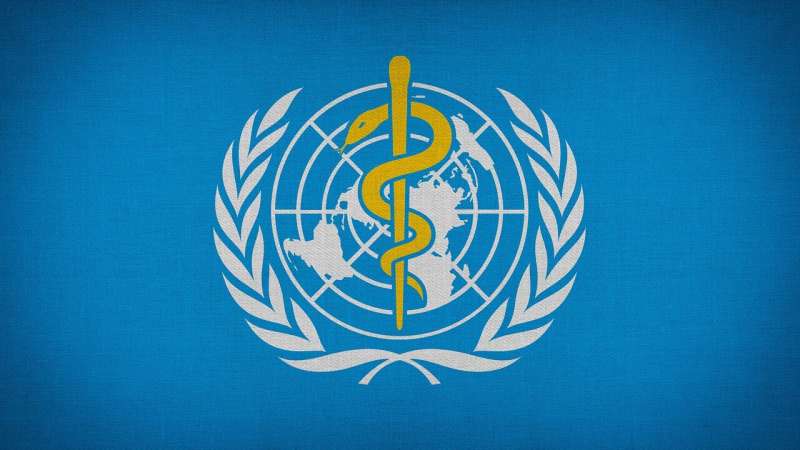This article has been reviewed according to Science X's editorial process and policies. Editors have highlighted the following attributes while ensuring the content's credibility:
fact-checked
trusted source
proofread
Noma officially recognized by WHO as a neglected tropical disease

Noma, also known as cancrum oris or gangrenous stomatitis, is now officially recognized as a neglected tropical disease (NTD), according to an announcement made by the World Health Organization (WHO).
Noma is a rapid-onset gangrenous disease estimated to affect around 140,000 people every year. It disproportionately affects children from the poorest communities and around 90% of cases prove to be fatal, usually within a few weeks of onset.
The disease starts as inflammation of the gums, which if not treated quickly, can attack facial skin, tissue and bone, leaving survivors with severe disfigurement and difficulty in eating and speaking. Accurate estimations of noma's global burden are challenging, as many cases go undiagnosed, untreated and unreported due to its quick progression, high fatality rate and associated social stigma.
The decision to include noma in WHO's official list of NTD's was recommended by the 17th meeting of the Strategic and Technical Advisory Group for Neglected Tropical Diseases (STAG-NTD), chaired by Dr. David Mabey, Professor of Communicable Diseases and a physician specializing in infectious and tropical diseases at the London School of Hygiene & Tropical Medicine (LSHTM).
Professor Mabey said, "There is no doubt that noma fulfills the WHO Neglected Tropical Disease criteria. It affects populations living in poverty in tropical and sub-tropical regions causing important morbidity, mortality, stigma and discrimination, and is relatively neglected by research.
"We hope that adding noma to the list of official NTDs will increase awareness among clinicians that it can be easily treated with antibiotics if diagnosed in the early stages, and lead to resources being made available to provide reconstructive surgery for those with the late sequelae."
Evidence indicates that noma is caused by bacteria found in the mouth. There are multiple risk factors associated with this disease, including poor oral hygiene, malnutrition and weakened immune systems.
Many survivors of noma also face social isolation, stigmatization and discrimination in their communities. Associated mental health problems are common and affected children can often experience developmental delay when isolated from society. In 2012, the UN Human Rights Council Advisory Committee recognized noma as a cause and effect of human rights violations, including the child's right to health, education and non-discrimination.
Professor Hannah Kuper, co-Director of the International Center for Evidence in Disability (ICED) at LSHTM, said, "Many NTDs have substantial long-term consequences, such as visual and physical impairments. As a result, people with NTDs may have difficulties in carrying out activities or participating in society—in other words, they can cause disabilities.
"NTDs are also often strongly linked to stigma in communities, reduced economic productivity, poorer quality of life, social exclusion and negative mental health impacts.
"While we absolutely need interventions to stop the burden of disease development, it's also important that we incorporate long-term rehabilitation within NTD programs to help improve the quality of life of those who live with disability as a result."



















